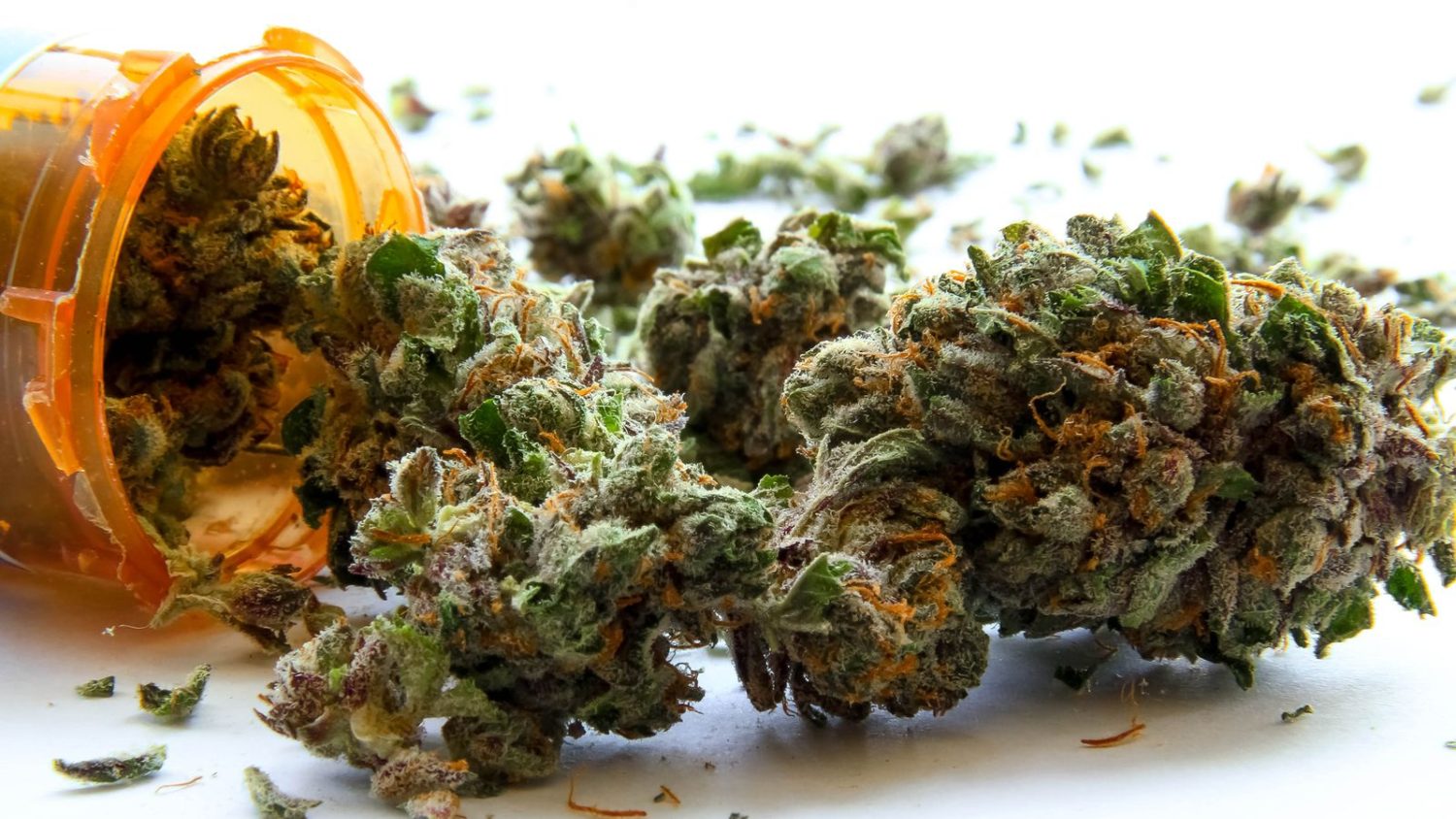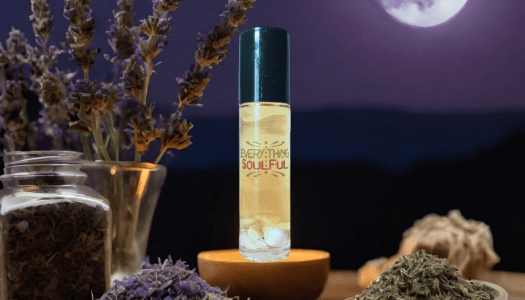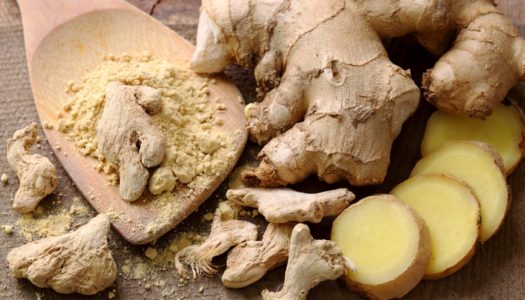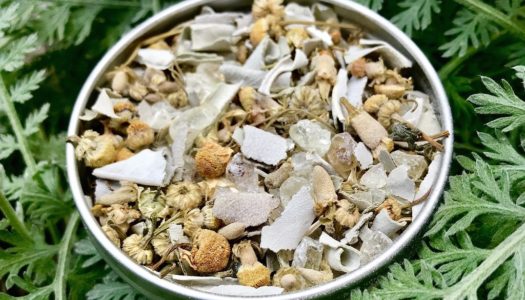Cannabis use continues rise in popularity as voters push for legalization. Whether you are for or against cannabis use, it’s important to get a better understanding of how it can be used from a medicinal standpoint. This can help you make more informed decisions for yourself and/or your loved ones!
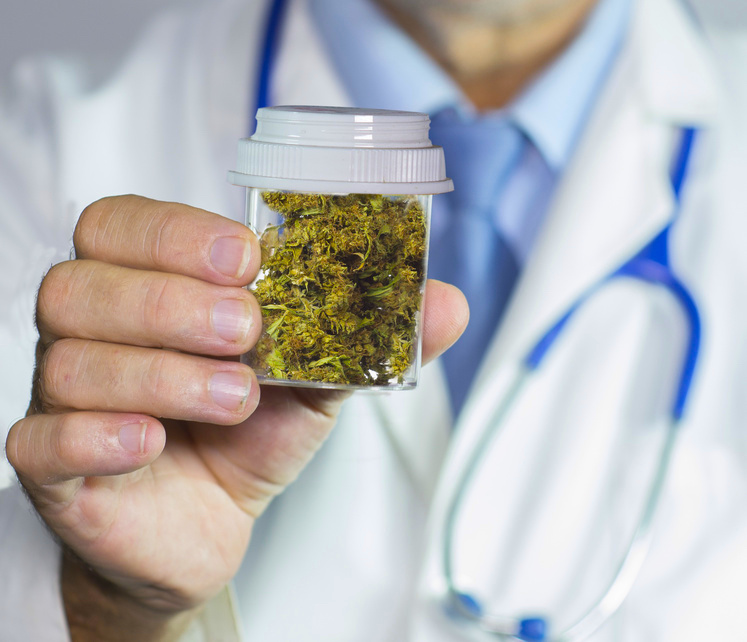
Get Familiar With Key Terms:
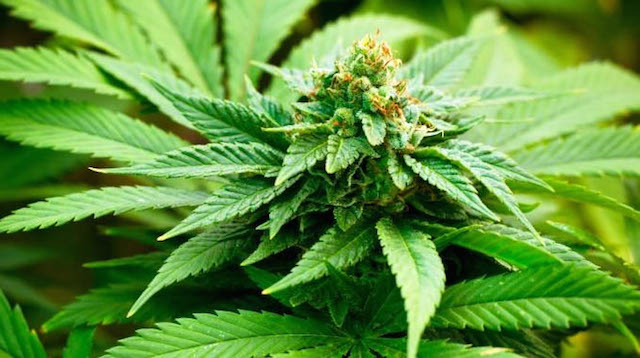
Cannabis: The correct botanical term; A genus of flowering plants that includes a number of species including Cannabis Sativa and Cannabis Indica. There is actually no plant named ‘marijuana’.
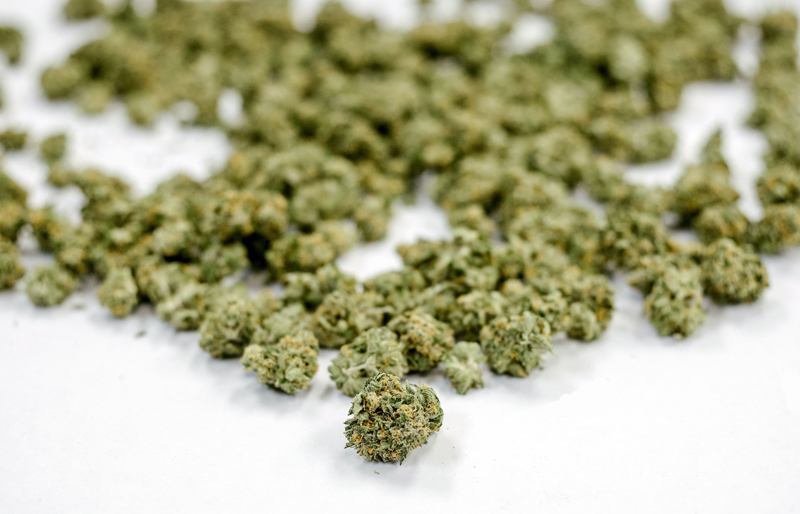
Marijuana: A term used to describe the dried flowers and leaves of the cannabis plant.

Terpenes: These are the pungent aromatic oils found on the flower (yes the buds are flowers) that give it its distinct smell and flavor profile, ranging from citrus to pine or from berry to mint. Terpenes also modulate the effects of cannabinoids, and these too have their own set of medicinal effects.

Cannabinoids: The chemical compounds that are the active constituents of marijuana. When cannabis is consumed, cannabinoids bind to receptors found in the brain and body.
- There are at least 85 types of known cannabinoids, many of which have documented medical value. The one you may be most familiar with is THC which binds to receptors found in our brain and has a more psychoactive effect as well as a stronger “munchie effect” (yes that’s the scientific term).
- Also gaining positive recognition is CBD which binds to receptors in our body and has no psychoactive effects.
A great video to help you visualize/understand THC and CBD:
Medicinal Effects
While more research is still necessary to understand the value and limitations on cannabis we now have a growing body of research that has shown the various therapeutic effects of medicinal cannabis including:
- Chronic Pain
- Motor Control
- A combination of THC and CBD have shown the ability to reduce spasticity in patients suffering from motor control disorders such as multiple sclerosis, epilepsy, and Parkinson’s Disease
- Another study showed that cannabis was effective in reducing pain and sleep disturbance in patients with multiple sclerosis (4)
- Nausea and vomiting
- Cannabis has been found to be effective in some patients to help reduce chemotherapy induced nausea and vomiting (CINV). (5)
- Some studies have found cannabinoids to be more effective than some conventional antiemetics such as prochlorperazine, promethazine, and metoclopramide in controlling CINV but use is cautioned due to side effects such as dizziness, dysphoria, and hallucinations. (6)

Continued future research could prove promising results in additional areas such as:
- Crohn’s Disease
- Cancer treatment in slowing or halting the growth of certain cancer cells
- Mental health such as anxiety disorders and depression
- Improving appetite in AIDS/HIV patients
Cannabis Strains
There are three major classifications of cannabis:
- Indica: typically more sedating and better for pain relief
- Sativa: more stimulating and mood enhancing
- Hybrid: often thought of as a “balance” of effects, offering a little bit of what both Indica and Sativa have to offer
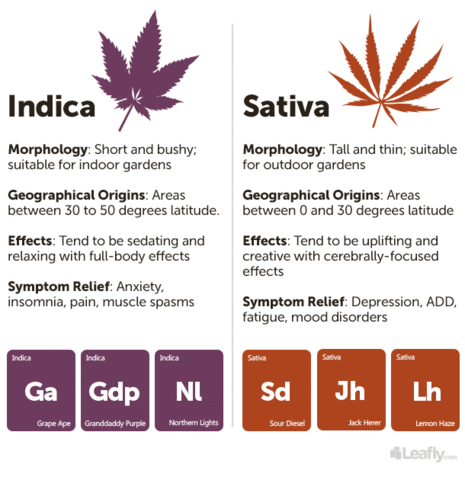
This awesome diagram from Leafly can help show you how the three different categories of cannabis affect different disorders.
- Purple: Indica
- Red: Sativa
- Green: Hybrid

Choosing which strain is right for you depends on what your medical condition calls for and what your desired effects are. Different strains (often hilariously named things like Pineapple Express, Bubba Kush, Blue Dream, etc.) all contain different combinations of cannabinoids and terpenes which all produce different medicinal outcomes and flavour experiences. Often you will see a breakdown of the THC : CBD amounts on descriptors of strains which helps to give you an idea of the type of response you will have.

Methods of Consumption
There are varying methods of consumption from:
- smoking (bong, joint, pipe, etc)
- vaporizer
- edibles and tinctures
- topical creams or ointments
Different methods tend to have differing results. Edibles often take a longer time to kick in and have a longer lasting and stronger effect, where as smoking or vaporizing will have a more immediate effect that has a shorter duration. In general healthier options that could help reduce any potential negative effects (see below) are using a vaporizer or enjoying edibles.
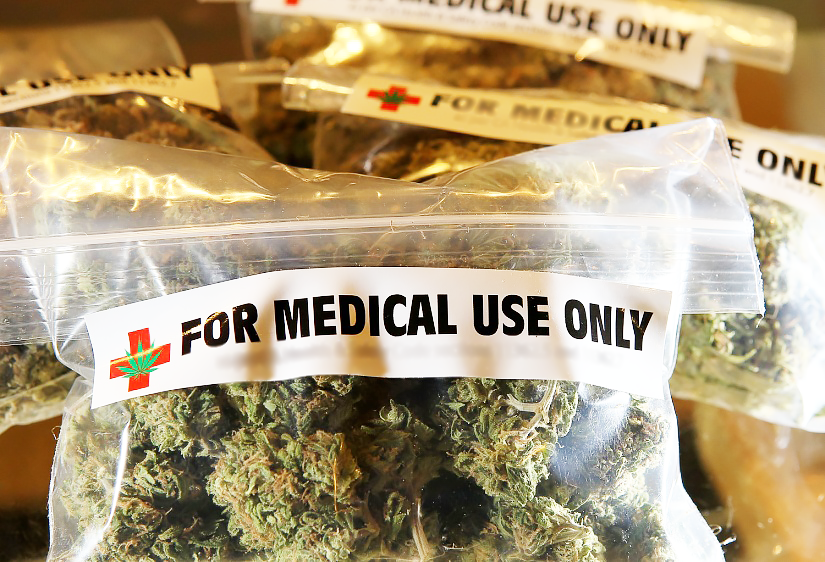
BUT WAIT: What about lung damage and/or cancer?
This is a great question and largely comes down to frequency of use and method of use.
The CARDIA study tested the lung function of 5115 young adults over the course of 20 years, starting in 1985 when they were aged 18 to 30. They found the average user who smoked 2-3x/month was not associated with reduced lung function. They do caution that heavier smoking (>20x/mo) may result in a reduction of lung function, but still nothing comparable the damage seen with tobacco smoke.
In regards to cancer, Donald Tashkent, an American pulmonologist and professor of medicine at the University of California has researched the topic extensively and commented that:
“…the THC in marijuana has well-defined anti-tumoral effects that have been shown to inhibit the growth of a variety of cancers in animal models and tissue culture systems, thus counteracting the potentially tumorigenic effects of the procarcinogens in marijuana smoke.”
Furthermore he states, “Although marijuana smoke contains a number of carcinogens and cocarcinogens, findings from a limited number of well-designed epidemiological studies do not suggest an increased risk for the development of either lung or upper airway cancer from light or moderate use, although evidence is mixed concerning possible carcinogenic risks of heavy, long-term use.”
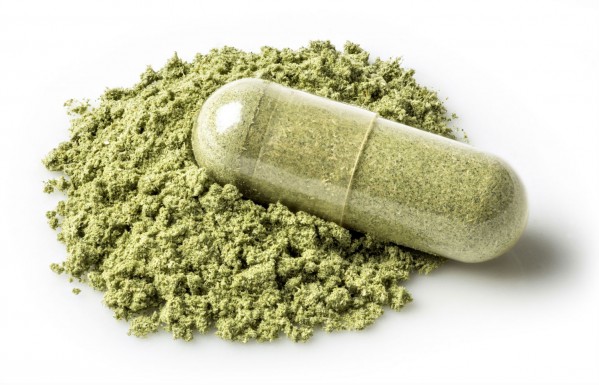
Conclusion:
So, as with everything the bottom line is moderation and working with a healthcare practitioner to see if medicinal cannabis is right for you. If you are already a regular user it’s a good idea to look towards healthier alternatives to smoking such as edibles, tinctures, or using a vaporizer to help negate any harmful long term effects.
Even if you don’t use medicinal cannabis, knowledge is power! Getting to know the potential healing properties of cannabis is one step towards reversing the negative association most people have around cannabis use.
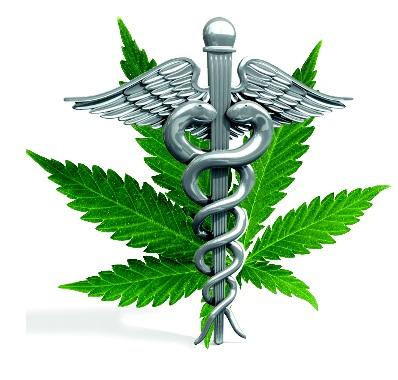
This amazing post was written by Dr. Nadia Kumentas, Toronto-based Naturopathic Doctor. The article originally appeared here.
source: http://theheartysoul.com/marijuana-as-medicine

